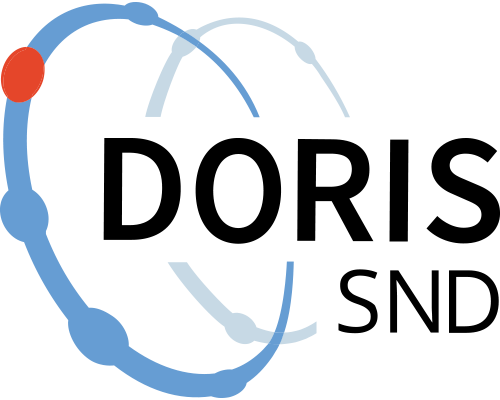Experiences of India's community health workers and women during the COVID-19 pandemic.
The data comprises open ended interviews conducted with rural health care workers (known as ASHAs) and women in the Sirmaur District of Himachal Pradesh, India. The data documents ASHAs' experiences acting as frontline healthcare workers during the COVID-19 pandemic, including their perceptions of risks, challenges, and professional responsibilities. The data also documents rural women's experiences of managing their households, caring for children, and navigating the challenges that they faced during this highly uncertain time. Respondents were identified through snowball sampling, and all interviews were conducted through telephone conversations due to pandemic-related travel restrictions.
Methods and questionnaires
Our data collection was guided by two sets of questions:
- The “General” Covid-19 questionnaire includes questions about household labor roles, livelihoods, care for children, and emotional experiences navigating the COVID-19 Pandemic.
- The “Community health worker” (ASHA) questionnaire includes questions for community health care workers, their roles and responsibilities, and experiences as frontline healthcare workers during the COVID-19 pandemic.
Interviews:
All interviews were conducted over the phone due to pandemic-related travel restrictions. The questionnaires identified main topics for discussion, however the interviews were semi-structured. We allowed the respondent to share their thoughts and experiences of their own choosing and to direct the conversation where they wanted to take it. We conducted additional follow-up interviews where the respondents agreed to do so.
Sampling:
Respondents were contacted through snowball sampling. Initial contacts were made through an NGO in the Sirmaur District as well as through field staff employed on the research project, "Institutional Networks and Self-Organized Adaptation". After making initial contact with several respondents, they were able to suggest others to speak with from the area. The sample is thus non-random. We spoke with whomever we were able to get in contact with and who was willing to spend time speaking with us over the phone.
Go to data source
Opens in a new tabhttp://hdl.handle.net/20.500.12703/4027
Documentation files
Documentation files
Citation and access
Citation and access
Data access level:
Creator/Principal investigator(s):
- Falak Jalali - University of Iowa - Geographical and Sustainability Sciences
- Carly Nichols - University of Iowa - Geographical and Sustainability Sciences
Research principal:
Principal's reference number:
- SLU.sol.2023.IÄ-21
Data contains personal data:
Yes
Type of personal data:
Data contains information about community health workers and women's personal experiences of the COVID-19 pandemic. All data has been pseudonymised.
Sensitive personal data:
Yes
Data contain other protected information:
Yes
Type of protected information:
Data contains highly personal accounts of distress during the COVID-19 pandemic as well as socio-economic, caste, and ethnic background of some respondents.
Citation:
Language:
Method and outcome
Method and outcome
Data collection - Telephone interview
Data collection - Telephone interview
Geographic coverage
Geographic coverage
Administrative information
Administrative information
Topic and keywords
Topic and keywords
Relations
Relations
Publications
Publications
Metadata
Metadata
Version 1
